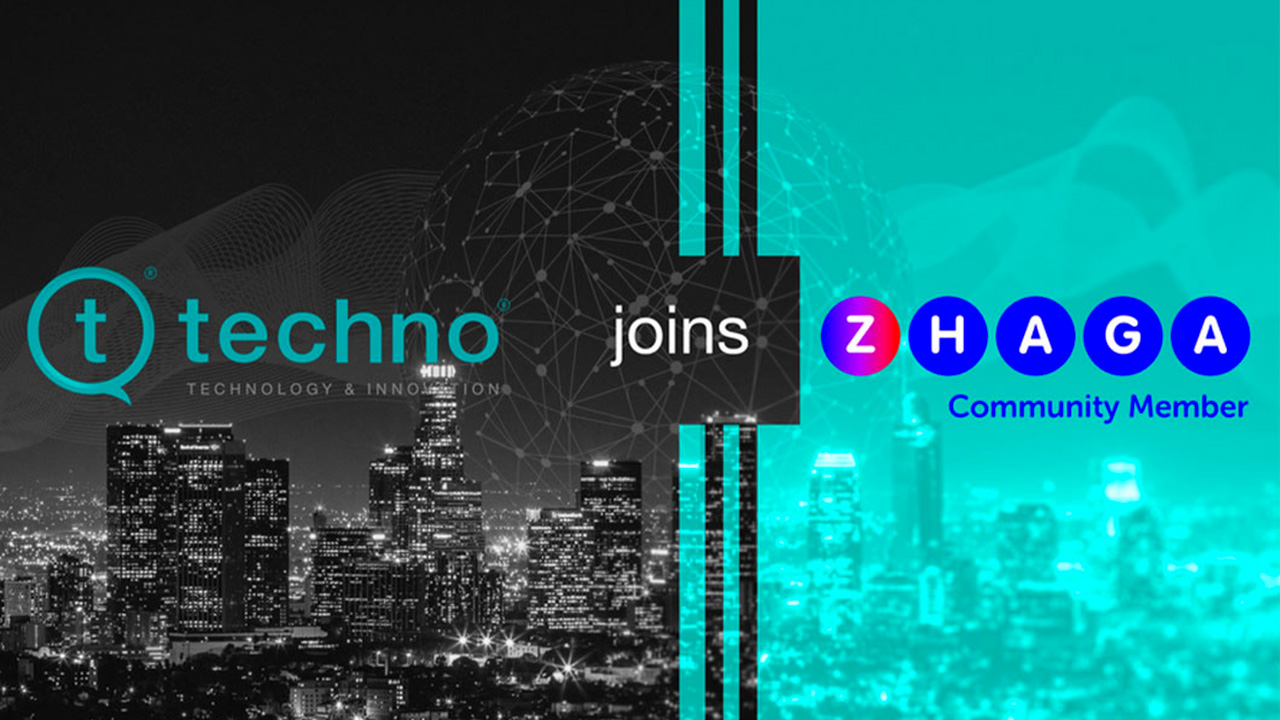The lighting industry has been working for years to define a common standard for all the electrical, mechanical, optical, thermal and communication interfaces of the components used in lighting devices.
We are talking about Zhaga, promoted by the homonymous global consortium of which Techno has also been a member since 2020.
Zhaga Consortium was established in the United States in 2010 by a group of companies from the international lighting industry that aimed to standardize all LED interfaces, such as LED light engines, LED modules, LED power supplies, connectors and sensing/communication modules to make them interchangeable.
In 2018, according to a logic which is similar to the one followed by Industry 4.0, the objective was officially redefined in terms of interoperability.
Books
For years, the consortium has been publishing Books numbered in progressive order, that contain the specifications with which the interfaces of one or more components inside a LED device must comply, in relation to certain operating conditions and other parameters.
For instance, Zhaga Book 18 defines the necessary specifications to guarantee a ”smart” interface between outdoor lighting devices and sensing/communication nodes as well as power and communication aspects, mechanical fit and connection systems; Book 20 contains the same information regarding indoor applications.
The latest issue, number 25, includes specifications that define NFC readers with a Bluetooth interface for in-field programming of drivers.
Interoperability – innovative and revolutionary
Zhaga can be considered to be an electromechanical standard that has recently evolved into an electronics-mechanical one, since it allows electrical-electronics and mechanical technologies to fit and work together, as well as the interoperability between various components such as sensors and microprocessors.
Zhaga is in constant evolution and subject to further improvements, but its gradual implementation by manufacturers will open up opportunities previously unknown by the lighting industry.
To put it simply, Zhara will be as significant for the lighting industry as USB connectivity is today for different consumer and non-consumer electronics segments.
Everything will be done in order to improve this interoperability. It is enough to think about the creation of the standard Zhaga D4i, the combined program developed by DiiA and Zhaga (synergy and interaction between world and lighting-control standard DALI-DIIA and Zhaga approach) that now allows to make LED drivers with sensors and connectors interoperable.

Anticipating the future
“The decision to become a member of the Zhaga consortium reflects the will of Techno to integrate its know-how in terms of connections with its connectivity expertise, especially in Iot, in order to develop products that are compliant to the Zhaga standard.
In the medium term, the participation in the consortium will provide us a seat at the same table as various component suppliers and it will be an opportunity for us to measure ourselves against the global leaders in this field.
This means that we will be able to intercept emerging technology and regulatory trends, as well as grasp new opportunities. It is enough to think that the implementation of the Zhaga standards, for example of Book 18 linked to the DALI management of light interoperability for indoor applications, is already necessary to take part in international tenders.
Therefore, being part of this universe will add value to the main characteristic of Techno, that is to say its ability to offer customized solutions”, explains Mauro Nodari, Chief Product & Business Development Officer at Techno.
The membership in the Zhaga Consortium is the missing piece we needed to complete the reorganizational market-product project of Techno, which aims to identify new applications for connection systems, develop IoT ready solutions and create synergies on an international scale.



